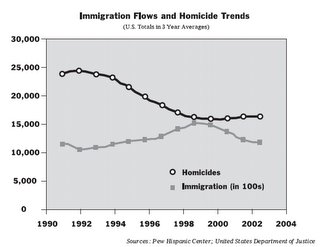
my favorite feature of the new york times is the “modern love” column which runs on sundays. it offers a new, thoughtful essay–from a wide range of perspectives–every week, chronicling the challenges, exhilaration, and lessons learned from, well, modern love.
this week’s essay was written by asha bandele, a woman who fell in love with and married a prison inmate.
part of me cringed when i read her opening paragraphs. she describes meeting her husband, rashid, “five years earlier, when I was 23, a college student teaching poetry to prisoners.” the two of them formed a bond over poetry and the possibilities for transformation. as she writes: “Over the course of a year and many discussions about changing ourselves and our world, we fell in love. With Rashid there was this breadth of dialogue I hadn’t experienced before. Our conversations — unspeakably honest — were for me life-saving.”
while i fully respect true connection between two souls, i also hate to see prison administrators given more evidence that young women–or any women–who come into jails/prisons/youth facilities are likely to fall in love with charismatic inmates. i faced some of these biases and concerns myself when conducting ethnographic research with adolescent males in a juvenile correctional facility. i resented the staff members’ suspicions, but i also understood the reason for them every time i heard a new horror story of female employees or volunteers who got too close to inmates and violated the rules by smuggling in contraband or trying to smuggle out the objects of their affection. it happens and good programs can suffer.
at the same time, i really appreciate ms. bandele’s honest and painful rendering of her story. she writes eloquently of the difficulties of trying to live a “normal” life with a husband behind bars, dealing with unplanned pregnancies. she had a daughter, nisa, and essentially raised her as a single parent, punctuated with visits to prison to see her father. the pressures were enormous and the costs tremendously high; as ms bandele explains:
I lost pieces of myself I’m only now trying to reclaim.
I started smoking again. I spent too many nights drinking wine and crying. There were times when pain threatened to define the whole of me. And no, no, I couldn’t hold my marriage together.
CARING for Rashid and Nisa at the same time was more than I could bear: the weekly treks through metal detectors, the parts of my spirit that always got snagged by the razor wire. I still take Nisa to see her father, but staying romantically entangled with Rashid, when I most feel his absence, was too painful.
i think ms. bandele has offered a vivid personal look into what criminologists call the “collateral consequences” of incarceration. it is all too clear that incarceration deeply affects family members as well as inmates in ways we are still struggling to understand. i appreciate that ms. bandele chose “modern love” as her forum, because i’m sure criminologists are only a tiny portion of the readers of that column. hopefully, her essay will bring some larger public attention to this important and timely topic.
*illustration by David Chelsea, New York Times


 rob sampson
rob sampson
